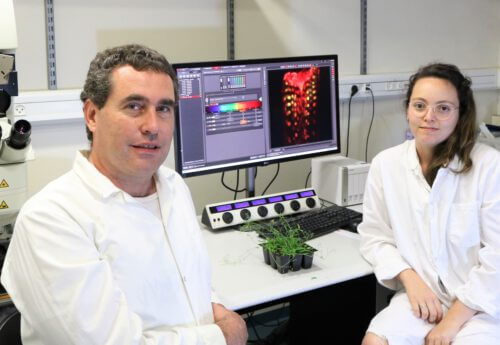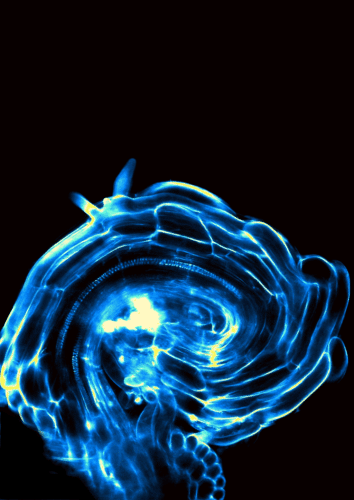Unlike animals, the only way for plants to deal with injuries is to regrow the damaged organs. Their ability to recover after a serious injury is one of the most impressive and intriguing features. We encounter this ability every day, for example, when we dip a branch in water and see it regrow its severed root system * Now a new facet of this system has been discovered that challenges our knowledge of the process

Unlike animals, the only way for plants to deal with injuries is to regrow the damaged organs. Their ability to recover after a serious injury is one of the most impressive and intriguing features. We encounter this ability every day, for example, when we dip a branch in water and see it regrow its severed root system.
In a study published a few days ago in the scientific magazine Nature Plants, Dr. Idan Afroni and his team from the Faculty of Agriculture at the Hebrew University examined the mechanism that allows roots to recover after amputation. Even earlier, researchers knew that in order to activate the root's self-repair system, a plant hormone called auxin is needed, which flows regularly between the plant cells. The prevailing research concept until now was that following an injury the plant senses a disruption in the flow of auxin and because of this, a process of repairing the root and returning to normal flow begins. According to this concept, the root repair happens almost automatically.
However, from Dr. Efroni's research, it appears that this is not an automatic process at all. In fact, the plant decides whether and how to do this. In a series of experiments, Dr. Efroni's research group discovered that a change in the auxin flow does not affect the root repair process, and instead they noticed the formation of a special group of cells in the root, whose role is to produce the auxin hormone following the injury itself - when only the hormone that is produced at the site of the injury is the one that activates the process Root restoration.

"Our conclusion is that recovery after an injury is not a default, but a decision that the plant actively makes through the production of the auxin hormone in certain cells," explains Rotem Matusevitz from Dr. Efroni's team and added that "this discovery raised the idea that it would be possible to trick the plant by controlling in the production of the hormone and thus, to cause repair even in the roots that normally do not undergo reconstruction". Indeed, the researchers developed precise manipulations that succeeded in causing root repair after very severe injuries, which would normally have prevented the formation of hormone-producing cells. In other words, they managed to cause the regeneration of a tissue that should not have regenerated under other conditions.
"This research contributes to the understanding of the mechanism involved in plant recovery after injury, which will lead to the development and improvement of new propagation methods and the expansion of the number of varieties and species available to farmers," explains Prof. Efroni. "It is not only about a possible increase in the amount of the crop, but also about the development of more nutritious varieties, resistant to various diseases and, in the end, more beneficial to humanity."

One response
Can this process also happen in humans?